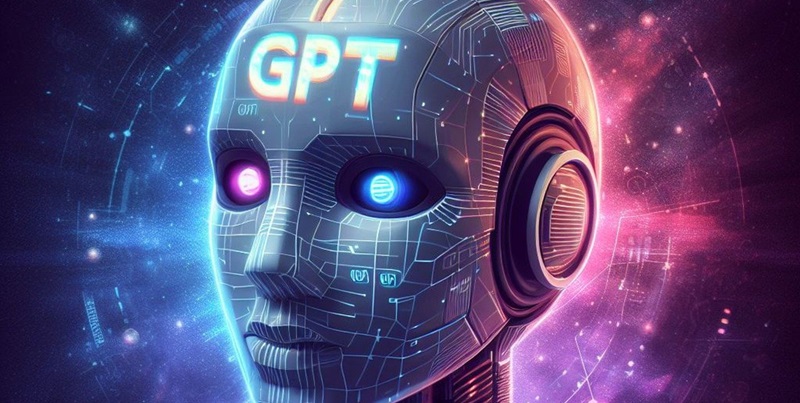OpenAI, the renowned artificial intelligence research lab, has made several exciting announcements aimed at empowering developers and enhancing the overall user experience. Along with significant improvements to its platform, OpenAI has also introduced the preview of GPT-4 Turbo, the next generation of its highly acclaimed language model. Additionally, OpenAI has optimized its pricing structure, making it more affordable for developers to leverage its powerful AI capabilities.
GPT-4 Turbo Preview
OpenAI’s preview of GPT-4 Turbo has generated enormous excitement in the AI community, as it promises enhanced capabilities and an extensive knowledge base that encompasses world events up until April 2023. The standout feature of GPT-4 Turbo is its impressive 128K context window, which allows it to process the equivalent of more than 300 pages of text in a single prompt. This expanded context window enables GPT-4 Turbo to provide richer and more contextually aware responses, revolutionizing the potential applications of this language model.
Pricing Optimization
In a move that further demonstrates OpenAI’s commitment to accessibility, the organization has optimized the pricing structure for GPT-4 Turbo. Developers will be pleased to know that GPT-4 Turbo is now 3x cheaper for input tokens and 2x cheaper for output tokens compared to its predecessor. These pricing reductions not only make OpenAI’s technology more affordable but also encourage developers to leverage the full potential of GPT-4 Turbo in their applications.
Introduction of Assistants API
OpenAI has also unveiled its Assistants API, a tool designed to simplify the process of building agent-like experiences within applications. With the Assistants API, developers gain the ability to create purpose-built AIs that can follow specific instructions and leverage additional knowledge, models, and tools to perform tasks. This API allows developers to unlock new possibilities and provide users with more personalized and efficient experiences.
Multimodal Capabilities
OpenAI’s platform now supports a range of multimodal capabilities, including vision, image creation (DALL·E 3), and text-to-speech (TTS). This expansion into multimodal capabilities opens up a world of possibilities for developers. They can now leverage GPT-4 Turbo’s ability to process images for a variety of applications, such as generating captions, detailed image analysis, and even reading documents with figures. This integration of vision and language models within the OpenAI platform enables developers to create advanced and interactive AI-driven applications.
Image Processing with GPT-4 Turbo
With the introduction of GPT-4 Turbo, OpenAI raises the bar by enabling the language model to process images. This breakthrough feature allows developers to leverage GPT-4 Turbo’s image processing capabilities for various applications. For instance, developers can now generate detailed captions for images, perform in-depth image analysis, and even use GPT-4 Turbo to read documents that contain figures. The integration of image processing with one of the most powerful language models on the market offers endless possibilities for innovation.
Reduction in prices
OpenAI understands the importance of affordability and has significantly reduced prices across its platform. This move is in line with OpenAI’s commitment to democratizing AI technology, making it accessible to a wider range of developers. By reducing the cost of using GPT-4 Turbo, OpenAI has eliminated a major barrier for developers looking to build intelligent and innovative applications.
OpenAI’s latest announcements mark a significant stride in the company’s mission to democratize AI technology. With the introduction of GPT-4 Turbo, optimized pricing, the Assistants API, and multimodal capabilities, developers now have the tools and resources needed to create innovative and intelligent applications across various domains. OpenAI continues to push the boundaries of AI research and development, empowering developers to unlock new possibilities and deliver outstanding user experiences. As OpenAI leads the charge in AI advancements, the future looks promising for the development of intelligent and interactive applications that can revolutionize various industries.

